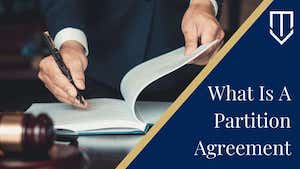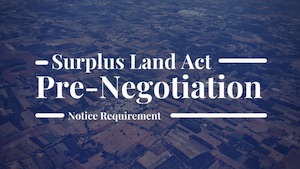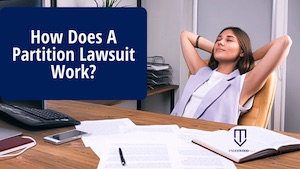
One reason partition actions are a good option is that there is generally an absolute right to partition, but every rule has exceptions. In a partition action, the main exception is when the parties have executed a partition agreement. Generally, the right to partition can be waived by an express—or implied—an agreement between co-tenants. (CCP § 872.710; Penasquitos, Inc. v. Holladay (1972) 27 Cal.App.3d 356, 358.)
What is required for a partition agreement?
A partition agreement may be an express statement that the right to partition is waived. It may also be evidenced by a right of first refusal where one co-tenant is required to offer the property for sale to another co-tenant as a condition precedent to an action for partition. (Harrison v. Domergue (1969) 2724 Cal.App.2d 19, 21.)
 California Partition Law Blog
California Partition Law Blog










